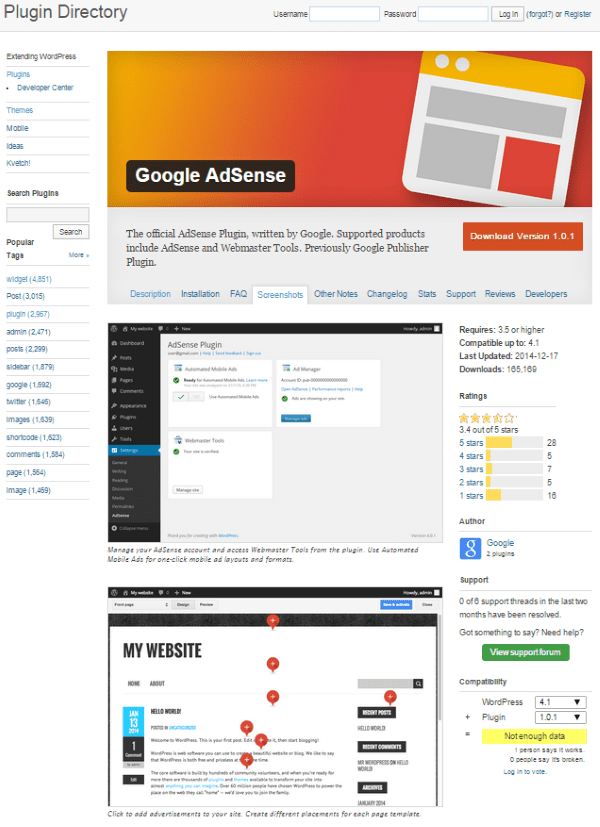Breaking News


Popular News


In today’s digital age, website monetization has become a vital strategy for online businesses and bloggers alike. One of the most effective methods for generating revenue is through AdSense WordPress Monetization. By integrating Google AdSense with your WordPress site, you can strategically place ads to maximize earnings while maintaining a seamless user experience. In this blog post, we will explore the benefits of AdSense WordPress Monetization and how you can utilize it to boost your revenue.
Contents
Integrating AdSense with WordPress is a strategic step towards effective website monetization. AdSense WordPress Monetization offers a streamlined process for placing ads on your website and generating revenue from visitor clicks. Understanding this integration involves several critical points:
1. Compatibility and Tools
2. Setup Process
3. Ad Formats
4. Customization
In summary, AdSense WordPress Monetization simplifies ad integration and helps you efficiently manage and customize ads, thereby optimizing your revenue potential. Understanding these basics paves the way for more advanced strategies to maximize your earnings.

Implementing AdSense WordPress Monetization effectively involves more than just inserting ads haphazardly. Strategic ad placement can significantly increase your revenue. Consider the following tips to optimize:
Additionally, A/B testing different ad placements helps identify the most effective spots on your site. Regularly update and change positions based on performance data to keep your AdSense WordPress Monetization strategy thriving.
By implementing these strategic placements, you can maximize revenue while maintaining a positive user experience.
Effective AdSense WordPress Monetization depends on adherence to specific guidelines and optimization strategies. Here are some best practices:
1. Comply with Google AdSense Policies:
2. Optimize Ad Placement:
3. Monitor and Analyze Performance:
By following these best practices, you can enhance the effectiveness of your AdSense WordPress Monetization efforts while ensuring compliance with Google’s policies.
WordPress AdSense monetization refers to the integration of Google AdSense with a WordPress website, enabling the site owner to earn revenue by displaying ads. Google AdSense is a program that allows website owners to display advertisements on their sites, and earn money when visitors view or click on these ads. When combined with WordPress, one of the most popular content management systems, it provides a seamless way to monetize content and capture revenue from traffic.
Integrating Google AdSense with your WordPress site involves several steps. First, you need to create a Google AdSense account and get it approved. Once approved, you will receive a piece of code from Google. This code must be added to your WordPress site. You can do this by manually inserting the code into your site’s HTML, or by using a plugin designed for AdSense integration, such as Advanced Ads or Ad Inserter. These plugins make it simpler to manage and display ads without the need for extensive coding knowledge.
The benefits of using WordPress AdSense monetization are numerous. Firstly, it provides a passive income stream, allowing you to earn money as long as you have traffic visiting your site. It’s also very flexible, as you can customize the types and placements of ads to best suit your audience and content. Additionally, Google AdSense offers detailed analytics and reporting tools, helping you understand your ad performance and make data-driven decisions to maximize revenue. Finally, it capitalizes on Google’s vast advertising network to ensure relevant and high-quality ads are displayed on your site.
While there are significant benefits, there are also some potential drawbacks to consider. One major downside is that AdSense revenue can vary widely based on traffic volume, user engagement, and niche. Sites with low traffic might generate minimal earnings. Additionally, displaying too many ads can detract from the user experience, potentially leading to higher bounce rates and lower engagement. It’s important to strike a balance between monetization and user experience. Lastly, Google AdSense has strict policies and guidelines. Violating these by displaying inappropriate content or using misleading practices can result in account suspension or banning, which could impact your revenue stream.